I think we give football managers such an incredibly hard time because we as men arnae confident in our own masculinity.
Because the question of what is it to be a good man is not as clear as it used to be.
And plenty of men pine for those halcyon days of simplicity, when we knew how we’d be measured.
I support Dundee United, so that’s where I see this play out most closely, though it happens everywhere.
Whenever discussions around the manager flare up, online or in person, one strong theme emerges: We want a hard man.
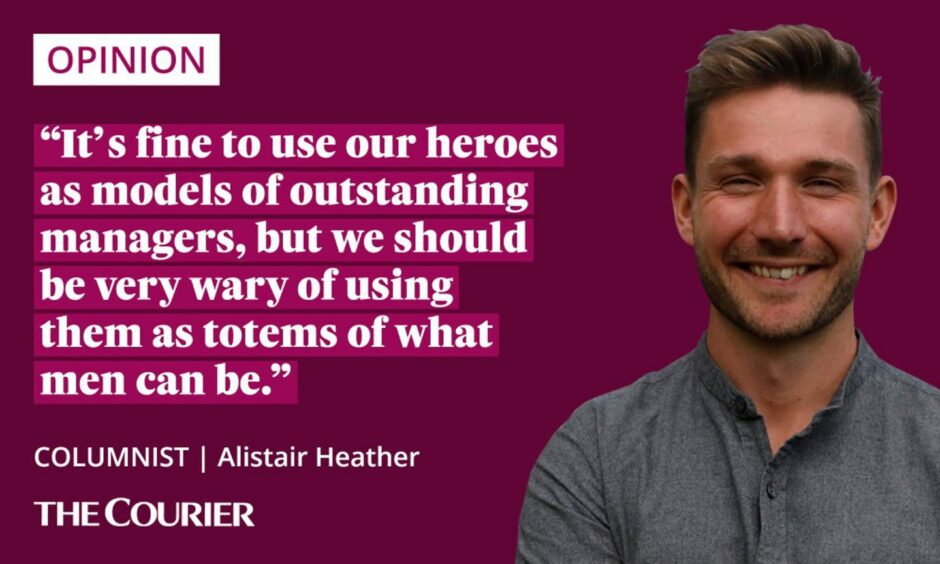
The ideal candidate is a man who will “clear out” any wage thieves, “one commanding leader at top picking the the team who will say I’m the boss”, and who will “show their teeth” in post match interviews.
Those are all real fan quotes by the way.
And our current manager gets it tight.
His name’s Liam Fox, he’s in his 30s, new to management, and is doing well for us, a dozen or so games into his tenure.
He’s mildly spoken. Thoughtful. Considered.
But after just about every match, except a thumping win, you’ll get long discussions about whether he’s the right man for the job.
Is he bold enough? Angry enough? In charge enough?
Is he man enough?
A hero and a hard man, but a man with regrets
Contrast this with Jim McLean: Still, correctly, known as Mr Dundee United.
His statue stands by the stadium. He achieved incredible things at the club.
But he was also regarded as a tyrant. Frequently furious at referees, his own players, himself.
His time in football ended when he literally punched a senior BBC journalist during an interview for asking a question he didnae like.
It’s fine to use our heroes as models of outstanding managers, but we should be very wary of using them as totems of what men can be.
And Jim was successful in football, aye. But he left the game with the regret that he didn’t spend enough time with his family.
This old type of male prototype is fading. But there has been no strong male role model to replace it.
Hard man model persists
The news has been filled with dodgy characters like Andrew Tate of late.
Tate is a conman who has identified a market: The huge number of disenfranchised, poor, angry young men who are looking for an answer to the question “what is it to be a good man?”
The easy answer is a retreat to the old patriarchal model.
Men provide. We protect physically, and we provide financially.
This model comes with pressure for boys and men to act tough and be powerful, and cuts us off from feeling vulnerable or intimate.
It is also a model that allows huge scope for domestic abuse.
If you control someone’s finances, you remove a huge amount of their freedom.
If you charge yourself with someone’s ‘protection’ then you grant yourself power over where they can go, who they can see, in order to keep them ‘safe’.
Without a better model, men continue to rehash these old patterns.
A better way for men to live
So, what is a good man?
I hope clearer answers are emerging.
Staring, unwanted chat, harassment – women face all this in places like gyms
Men, we can help do something aboot this#DontBeThatGuy pic.twitter.com/bPPhawCHtn
— Alistair Heather (@Historic_Ally) October 18, 2022
It is a good thing to be strong, but let that strength come from an inner confidence and purpose.
It is a good thing to be a reliable partner. But let that reliability come from a vulnerability, an emotional fluency, an equal and shared love.
The best news for men that I’ve seen in a long time came out of lockdown.
Many more fathers than ever got the chance to spend weeks and months with their kids, exploring what fatherhood felt like full-time.
Statistics are showing many men really enjoyed what they found in their home life, and it made their endless trips to offices seem a bit empty, a bit unfulfilling.
The difficult but true answer to the question of What is a Good Man is this: Whoever you are, as a man, be the best version of your authentic self.
Be caring. Learn to be emotionally open. Follow your passions wherever they lead. Take responsibility. Be courageous.
It’s not the toxic masculinity served up by online influencers. Have money. Have power. Have multiple women. Have other men envy you.
That’s no way to a meaningful life, nor to the respect of your peers.
And so I’ll leave the last word to Liam Fox, who’s showing us how to be a different kind of football manager, a different kind of man.
“There’s no point in me trying to be somebody else. Sometimes the more people that give you advice, the more clouded your judgement becomes. It’s about me being myself.”
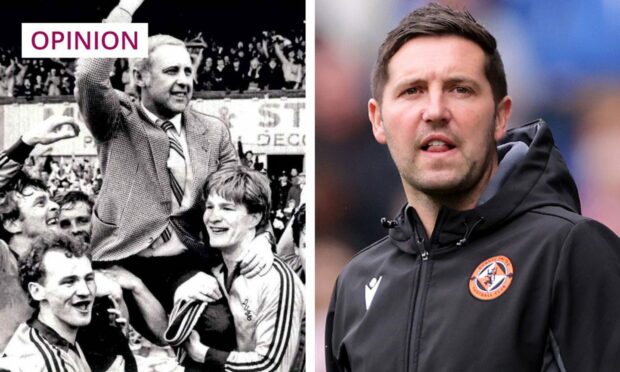
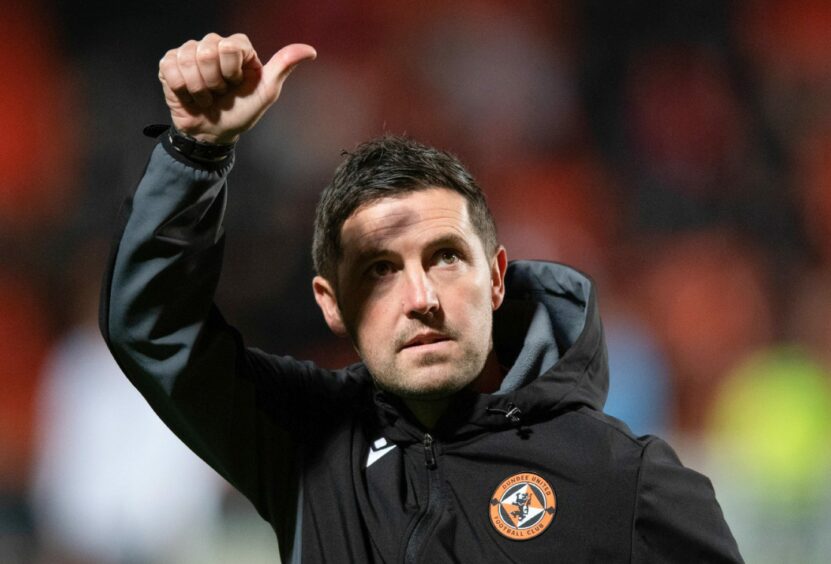
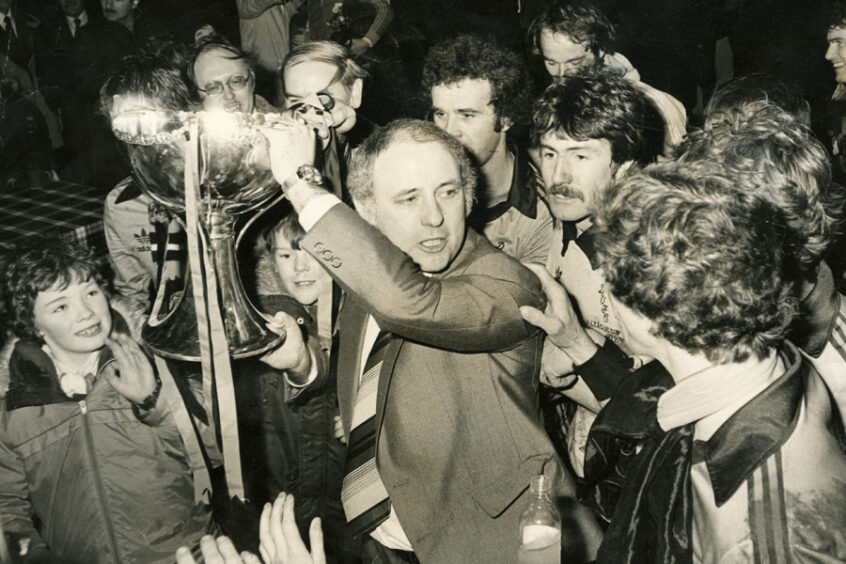
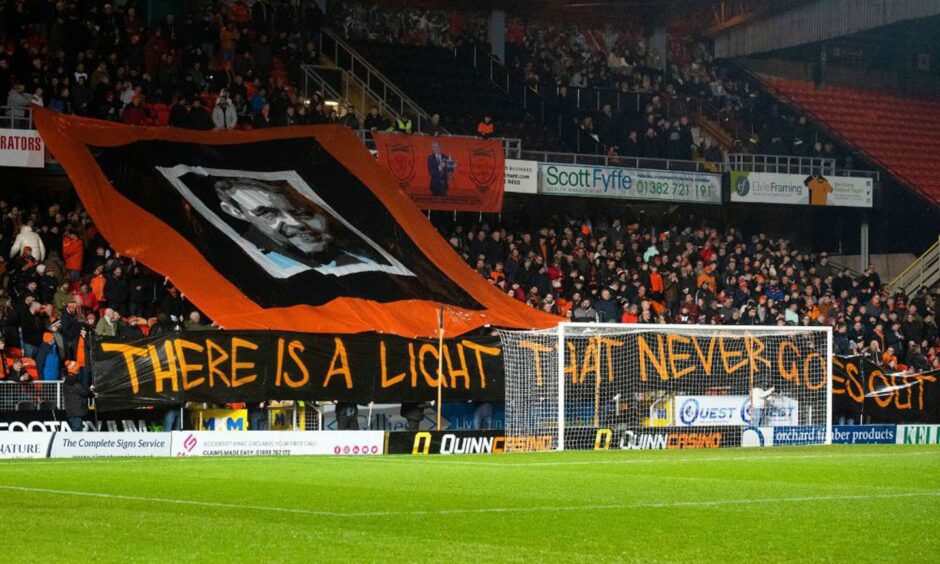
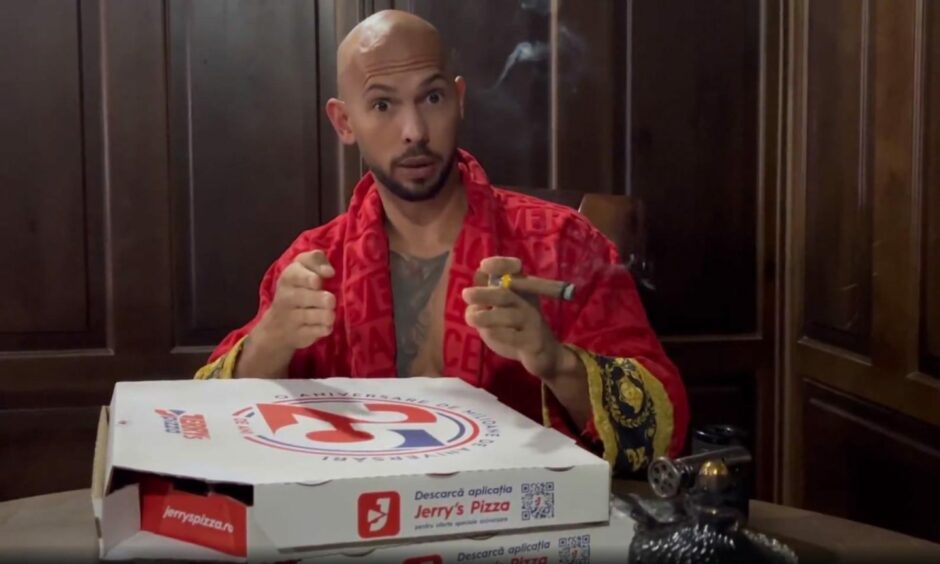








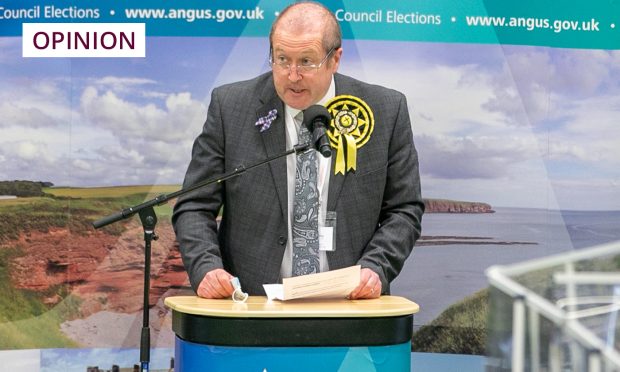
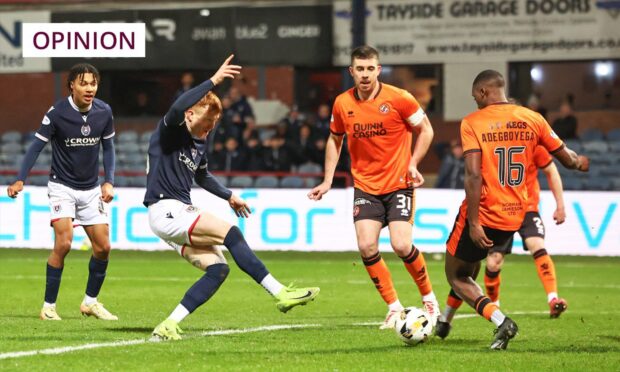
Conversation